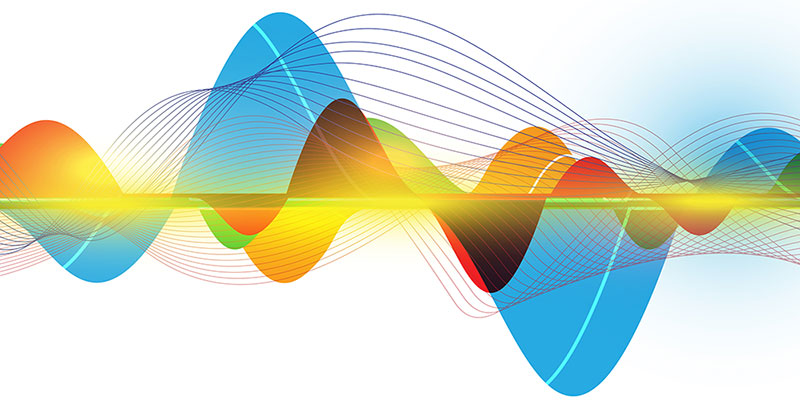
Automotive radar is used in many applications of advanced driver assistance systems and is considered as one of the key technologies for highly automated driving. An overview of state-of-the-art signal processing in automotive radar is presented along with current research directions and practical challenges. We provide a comprehensive signal model for the multiple-target case using multiple-input multiple-output schemes, and discuss a practical processing chain to calculate the target list. To demonstrate the capabilities of a modern series production high-performance radar sensor, real data examples are given. An overview of conventional target processing and recent research activities in machine learning and deep learning approaches is presented. Additionally, recent methods for practically relevant radar-camera fusion are discussed.
We witness today an enormous amount of activities in the automotive industry, in particular the development of advanced driver assistance systems (ADAS), with the goal to make driving safer and more comfortable. Moreover, the introduction of highly automated driving (HAD) is considered as a topical technology challenge.

